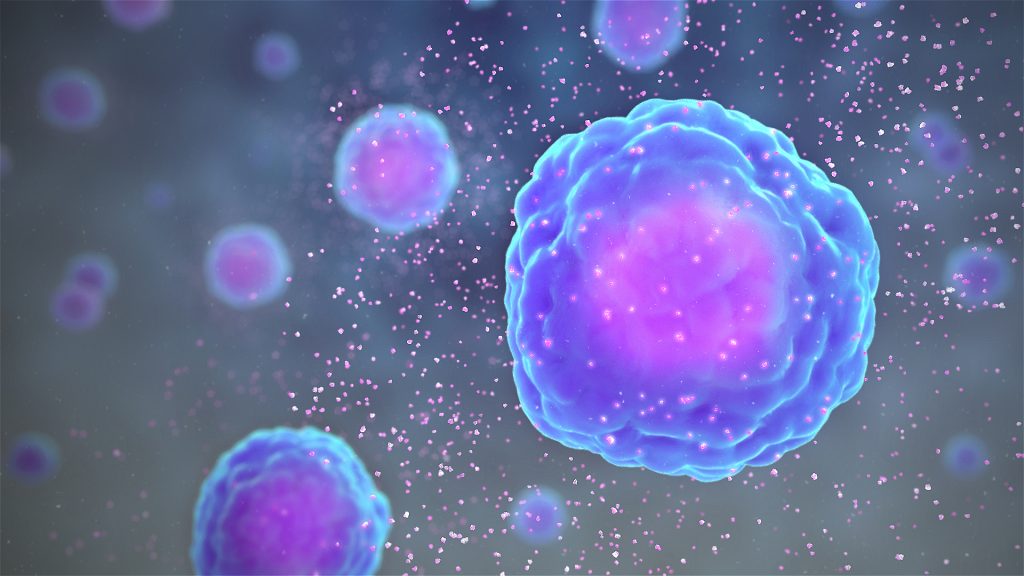Highlights
•
Structure of PCSK9/CHRD and an inhibitory nanobody that prevents LDLR degradation.•
Binding of CAP1 to PCSK9 enhances its activity and abrogates nanobody inhibition.•
CAP1-binding exposes PCSK9’s M2 domain thereby enhancing PCSK9-LDLR degradation.•
CAP1-PCSK9 recruits an MHC-I-like protein to sort CAP1-PCSK9-LDLR to lysosomes.•
HLA-C is likely a “protein X” critical for PCSK9 functional degradation of the LDLR.
Abstract
Objective
The liver-derived circulating PCSK9 enhances the degradation of the LDL receptor (LDLR) in endosomes/lysosomes. PCSK9 inhibition or silencing is presently used in clinics worldwide to reduce LDL-cholesterol, resulting in lower incidence of cardiovascular disease and possibly cancer/metastasis. The mechanism by which the PCSK9-LDLR complex is sorted to degradation compartments is not fully understood. We previously suggested that out of the three M1, M2 and M3 subdomains of the C-terminal Cys/His-rich-domain (CHRD) of PCSK9, only M2 is critical for the activity of extracellular of PCSK9 on cell surface LDLR. This likely implicates the binding of M2 to an unknown membrane-associated “protein X” that would escort the complex to endosomes/lysosomes for degradation. We reported that a nanobody P1.40 binds the M1 and M3 domains of the CHRD and inhibits the function of PCSK9. It was also reported that the cytosolic adenylyl cyclase-associated protein 1 (CAP1) could bind M1 and M3 subdomains and enhance the activity of PCSK9. In this study, we determined the 3-dimensional structure of the CHRD-P1.40 complex to understand the intricate interplay between P1.40, CAP1 and PCSK9 and how they regulate LDLR degradation.
Methods
X-ray diffraction of the CHRD-P1.40 complex was analyzed with a 2.2 Å resolution. The affinity and interaction of PCSK9 or CHRD with P1.40 or CAP1 was analyzed by atomic modeling, site-directed mutagenesis, bio-layer interferometry, expression in hepatic cell lines and immunocytochemistry to monitor LDLR degradation. The CHRD-P1.40 interaction was further analyzed by deep mutational scanning and binding assays to validate the role of predicted critical residues. Conformational changes and atomic models were obtained by small angle X-ray scattering (SAXS).
Results
We demonstrate that PCSK9 exists in a closed or open conformation and that P1.40 favors the latter by binding key residues in the M1 and M3 subdomains of the CHRD. Our data show that CAP1 is well secreted by hepatic cells and binds extracellular PCSK9 at distinct residues in the M1 and M3 modules and in the acidic prodomain. CAP1 stabilizes the closed conformation of PCSK9 and prevents P1.40 binding. However, CAP1 siRNA only partially inhibited PCSK9 activity on the LDLR. By modeling the previously reported interaction between M2 and an R-X-E motif in HLA-C, we identified Glu567 and Arg549 as critical M2 residues binding HLA-C. Amazingly, these two residues are also required for the PCSK9-induced LDLR degradation.
Conclusions
The present study reveals that CAP1 enhances the function of PCSK9, likely by twisting the protein into a closed configuration that exposes the M2 subdomain needed for targeting the PCSK9-LDLR complex to degradation compartments. We hypothesize that “protein X”, which is expected to guide the LDLR-PCSK9-CAP1 complex to these compartments after endocytosis into clathrin-coated vesicles, is HLA-C or a similar MHC-I family member. This conclusion is supported by the PCSK9 natural loss-of-function Q554E and gain-of-function H553R M2 variants, whose consequences are anticipated by our modeling.







